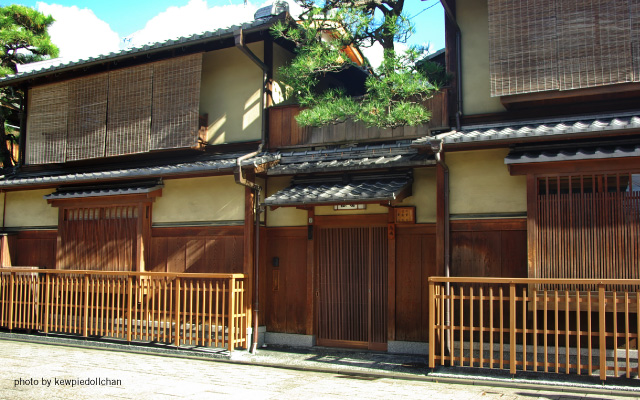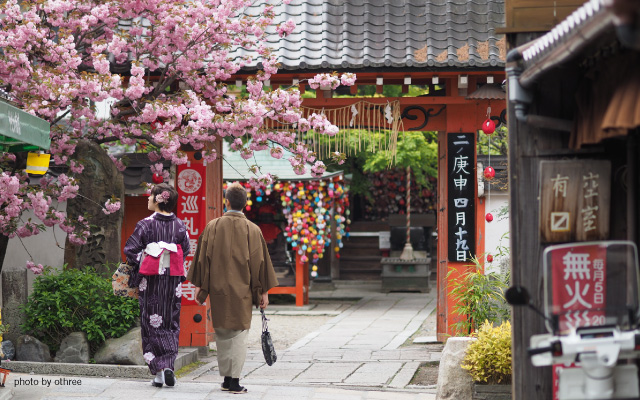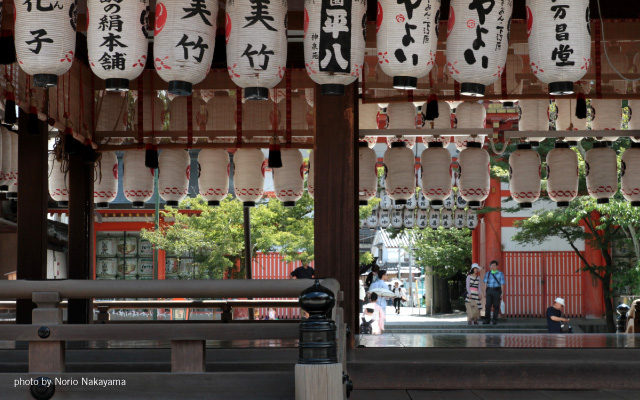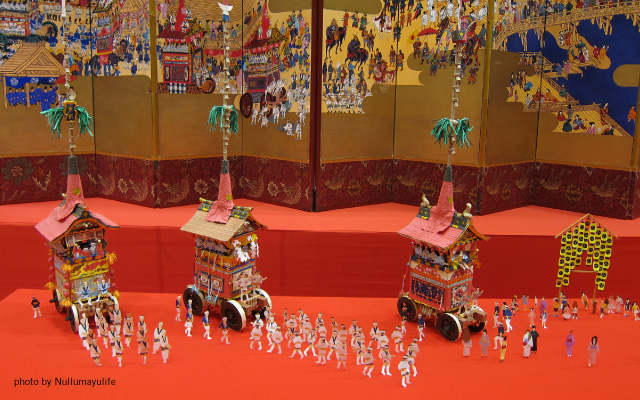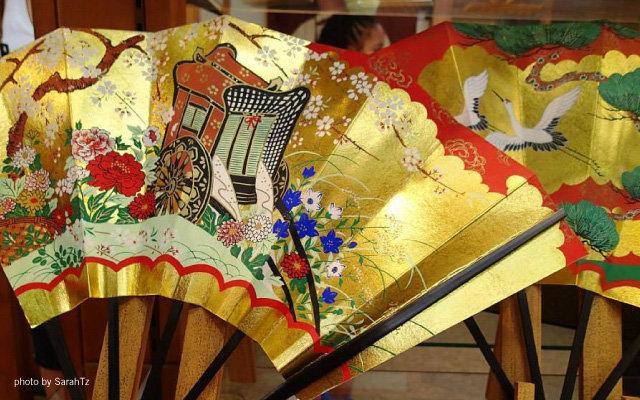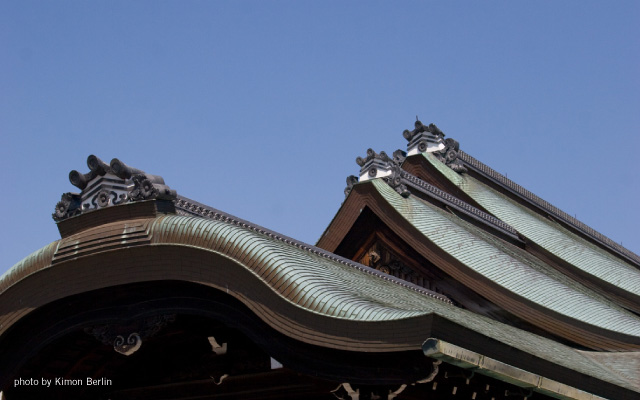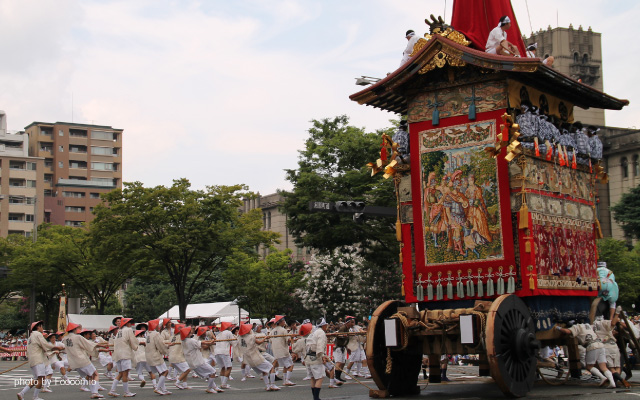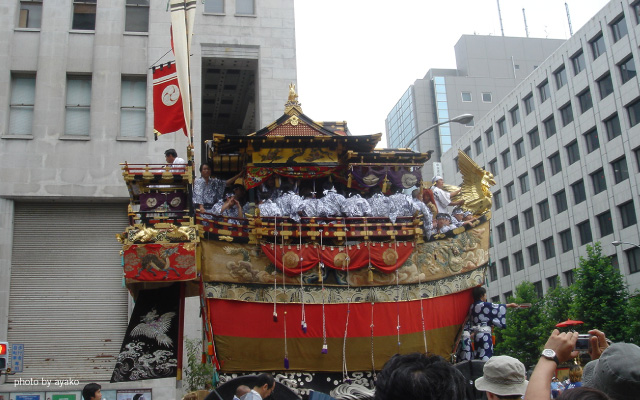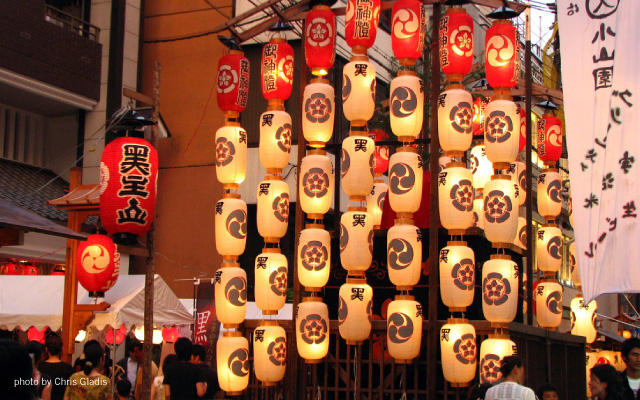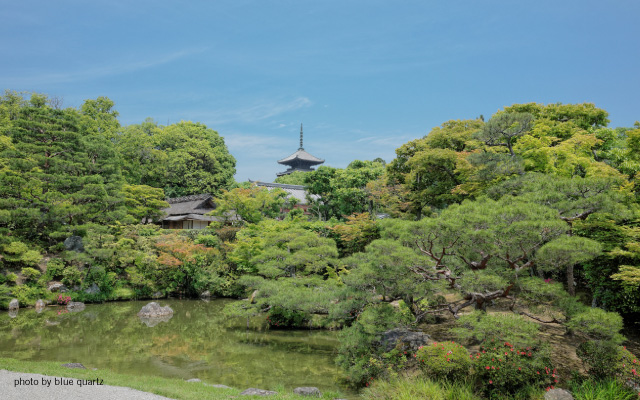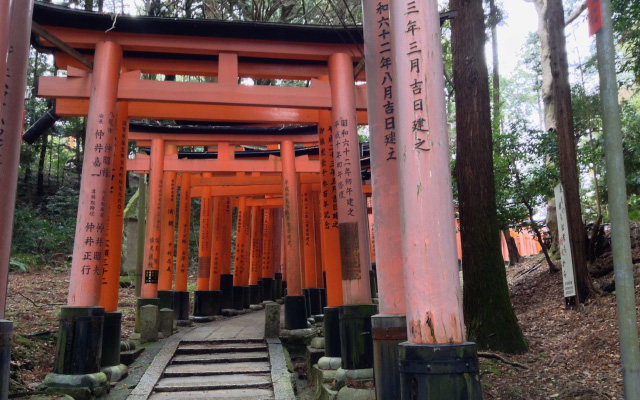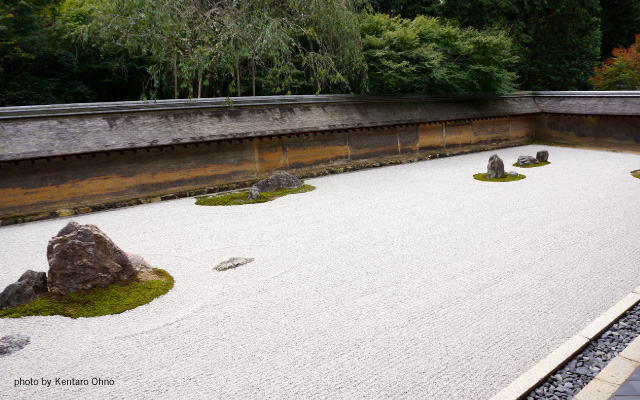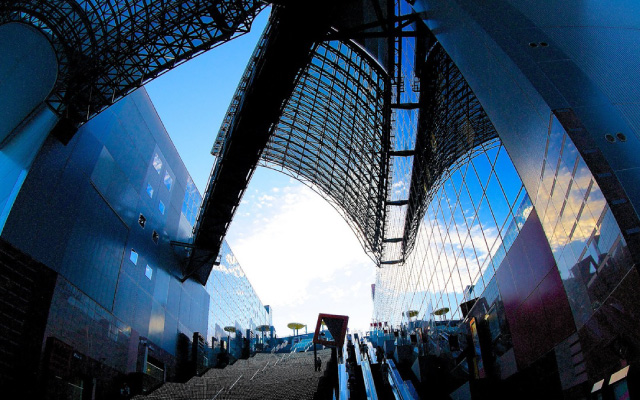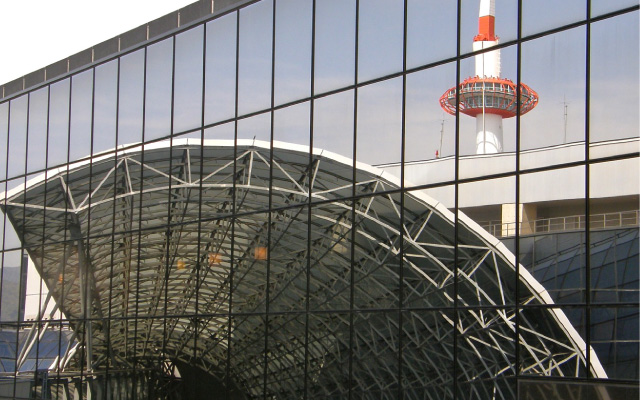Kyoto City
Where else but Kyoto can you discover the rich essence of Japanese tradition, and its present-day flowering?
The city of Kyoto was founded over 1,200 years ago, and was Japan’s Imperial Capital from 794 to 1868. Throughout its history, aesthetic and cultural excellence has been pursued by successive generations, leading to superb levels of sophistication in aesthetics and arts. This exceptional depth of tradition has also fed a rich history of innovation, with masters in all fields competing to take their expertise to further advanced levels of refinement, pushing the limits to achieve new relevance to present times.
Even after the Emperor and the central government relocated to Tokyo after the Meiji Restoration, Kyoto continued to reinvent itself by becoming a proudly modern city, open to the world.
Kyoto Craft
In this former Imperial capital, perfection has been pursued for more than a millennium…
Kyoto was miraculously untouched by the intensely destructive bombing that devastated so many other Japanese cities during WWII, thus saving not only its long-established World Heritage shrines, temples and garden treasures but also its superb living cultural ecosystem of interrelated craft techniques and social institutions, maintaining generational memories of centuries of dedication to perfection in a wide range of crafts, magnificently sophisticated textiles, dynamic visual and performing arts, tea ceremony, and even Kyoto’s distinctive seasonal-based cuisine.
All of the vital attributes of Japanese culture (and technology), summed up in its world-famous absolute attention to fine detail, originated here, and remain as a living heritage in Kyoto, even as the city finds its place as a world-renowned destination in the twenty-first century.
Gion Festival
Hit the streets to marvel at the most magnificent of Kyoto’s ‘Big Three’ festivals, a living legend…
One of Kyoto’s most spectacular living traditions is the Gion Matsuri (Festival) held in mid-July, preceded by a month of lead-up events. The festival has been held annually for over a millennium, becoming increasingly elaborate. Huge floats decorated with centuries-old treasures — many sourced from across Asia as far as Europe, via the old Silk Road — are reassembled each year for a vast three-night street party (July 14-16) and parade (held on the 17th and 24th).
World Heritage
“…The highest expression of Japanese material culture in the pre-modern period.”
Kyoto, founded as the Imperial capital of Heian-kyo (“City of Tranquility”) in 794 and modeled on China’s Tang Dynasty capital Chang’an, is known for 17 World Heritage sites, comprising 198 buildings and 12 gardens, dating from the 10th to 17th centuries. Great care has been taken to ensure that these buildings have been preserved with the highest level of authenticity, under meticulous conservation standards.
We will visit the World Heritage Ryoan-ji Temple, with its enigmatic dry garden consisting of mysterious rocks on moss islands in a sea of carefully-raked white gravel, and Nijo Castle, home of the Shogunate during the samurai era. We also recommend Byodo-in Temple, in the tea town of Uji, famous for its associations with The Tale of Genji, the world’s first novel, written around the year 1001.
Kyoto: City of the Future
Ever since Emperor Meiji left for Tokyo in 1889, Kyoto has been busy reinventing itself as Japan's city of the future. It built whole streets of new buildings in European style, promoted science and a compulsory education system, became the first city in Japan to have gas streetlights and electric streetcars, and became known as "the city that does everything first." Kyoto Tower, and the new Kyoto Station, are ongoing evidence of the city's science-fiction forward-facing posture. Companies like Nintendo and Kyocera are famous for transforming old paradigms and creating new visions. Toei Kyoto Studio Company's "Eiga Mura" was used as a location for shooting classic films of the "Golden Era" of Japanese filmmaking, and is still open to the public. Kamishibai picture storytelling too is still alive, at Seika's Kyoto International Manga Museum (also known for its cosplay events), and at popular events around the city. The Kyoto Animation Company is highly active, and a number of independent game development companies have set up here, recognizing Kyoto as a perfect environment.

